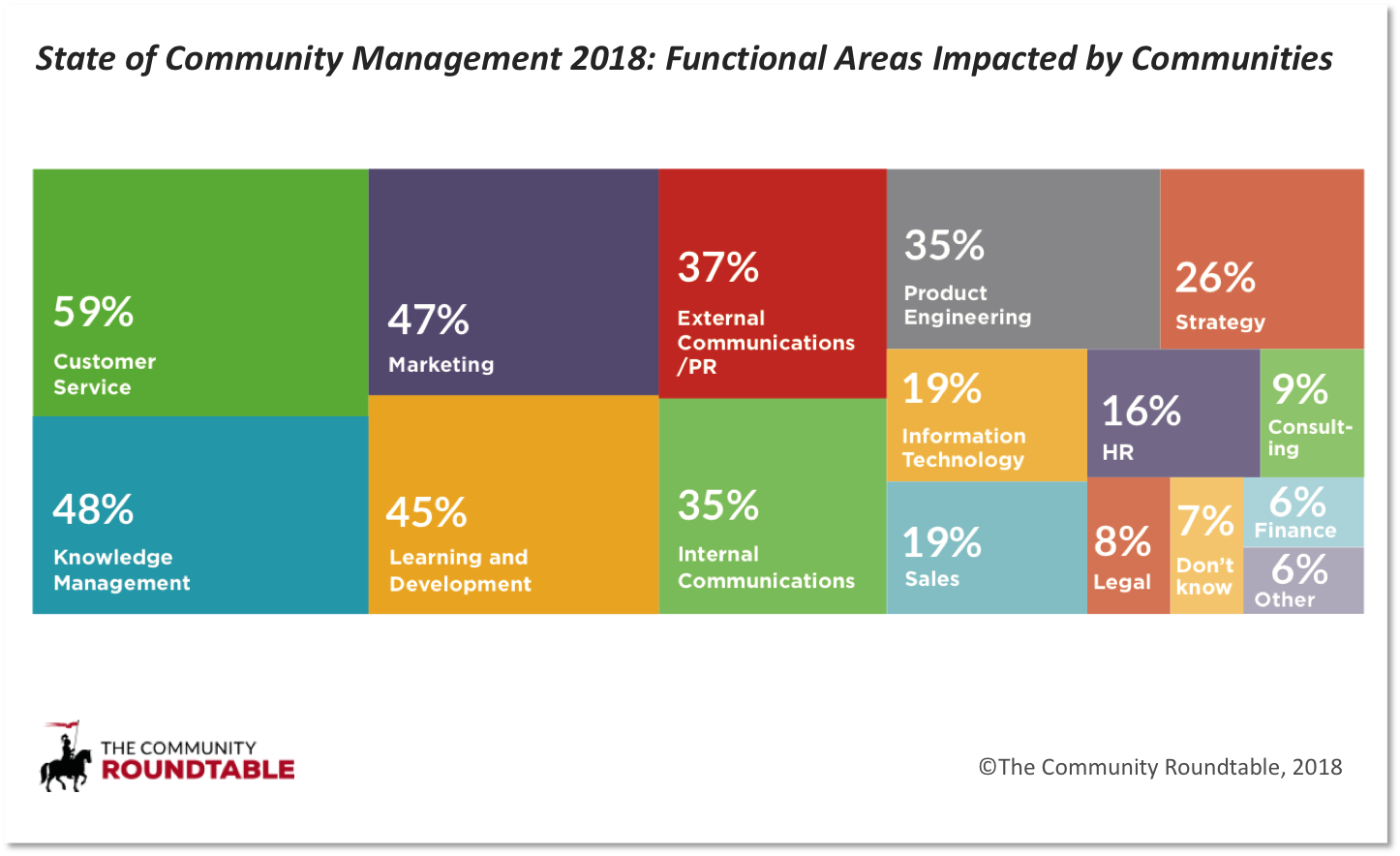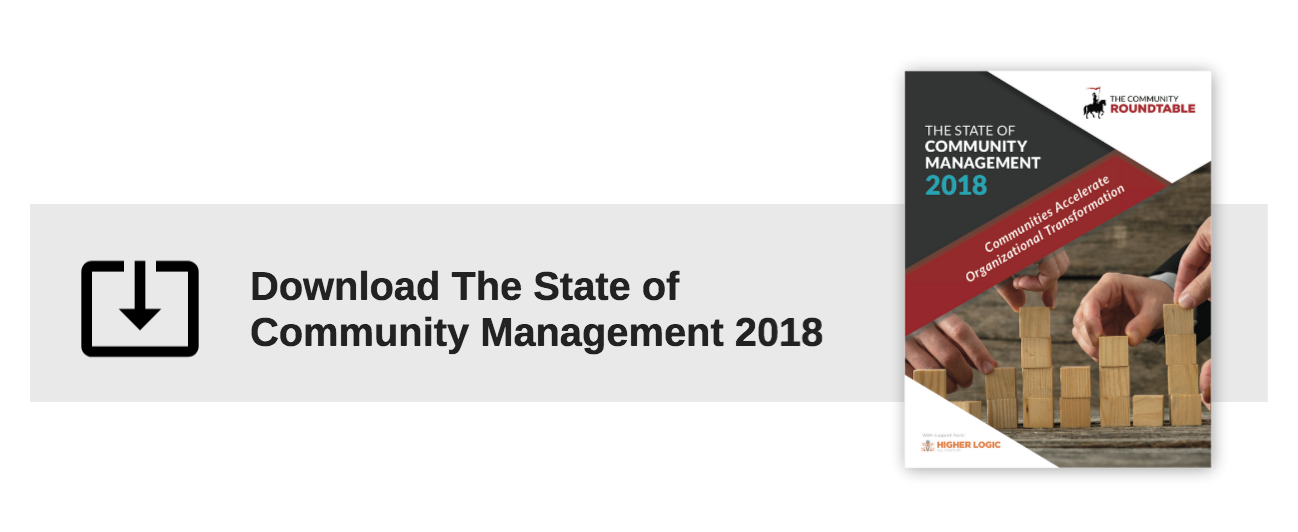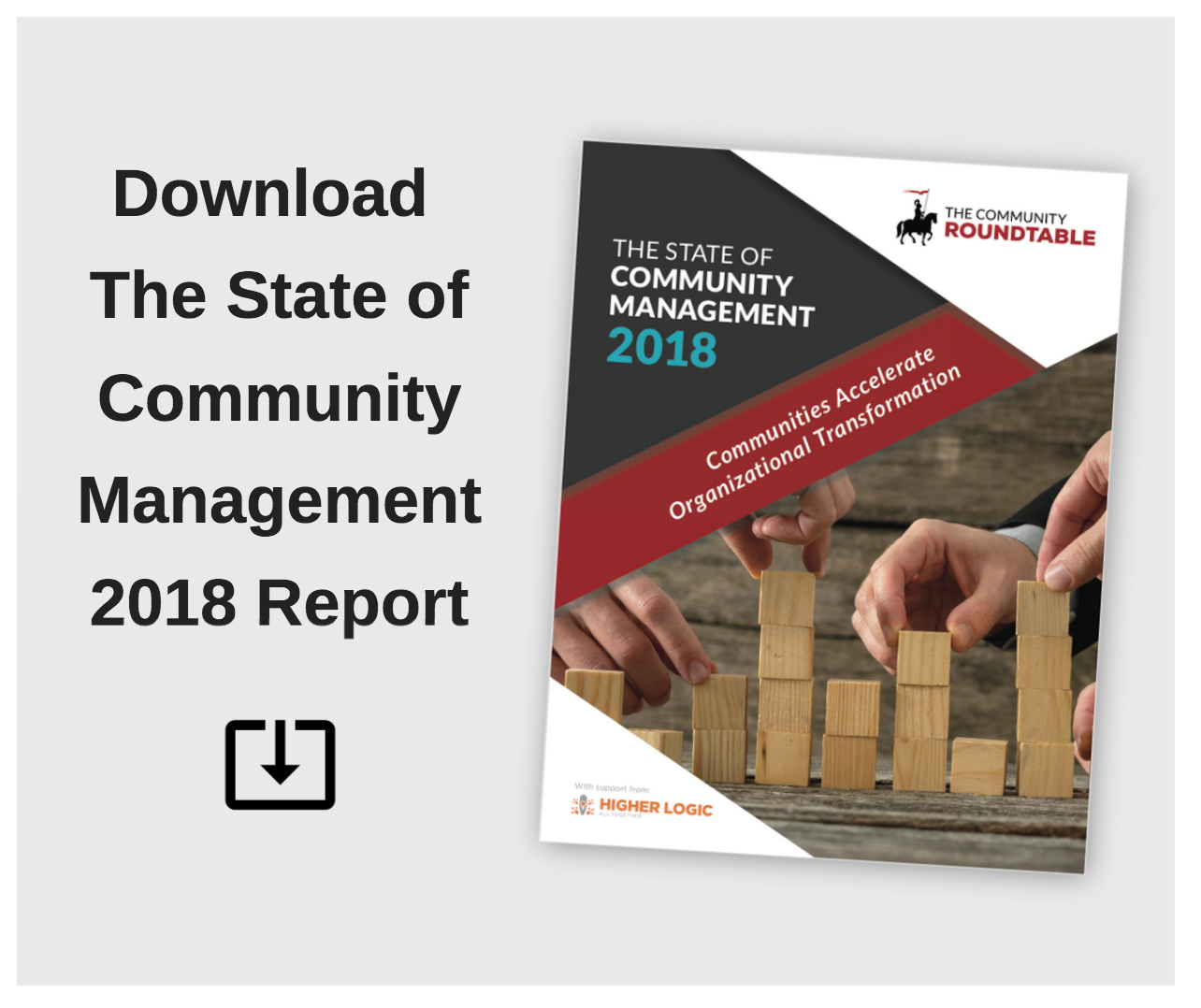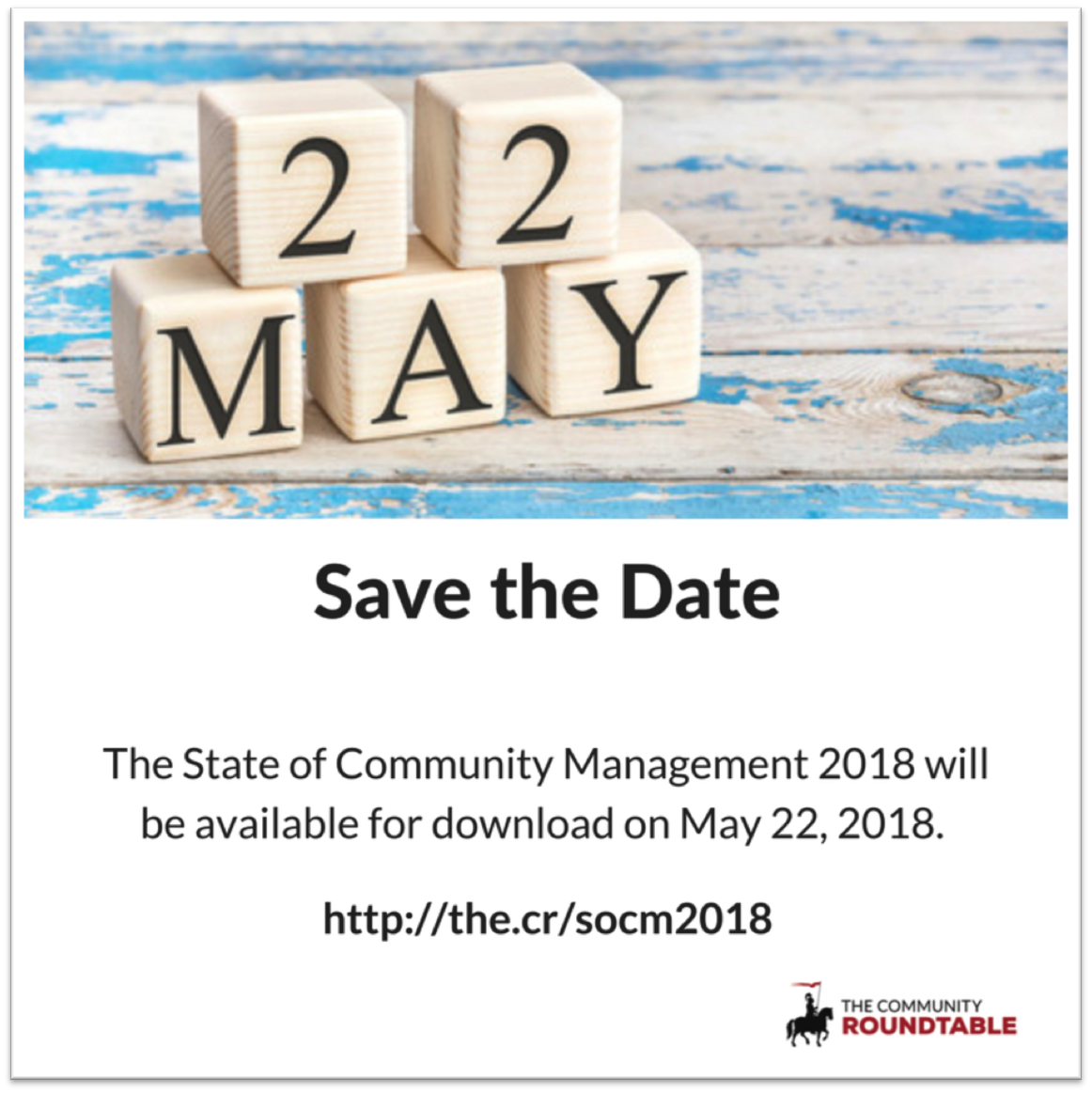Welcome to the latest episode in our community management podcast series, “Conversations with Community Managers.”

Join TheCR’s Shannon Abram as she chats with Rachel Happe, Principal and Co-Founder of The Community Roundtable, and Jeff Ross, Community Manager at Humana about the State of Community Management 2019 report.
In Episode #59, Rachel and Jeff discuss key finding #1 from the 2019 research: Communities Propel Engagement
Jeff shares a look at how he uses the State of Community Management research, as well as ways he drives engagement in the Humana community.
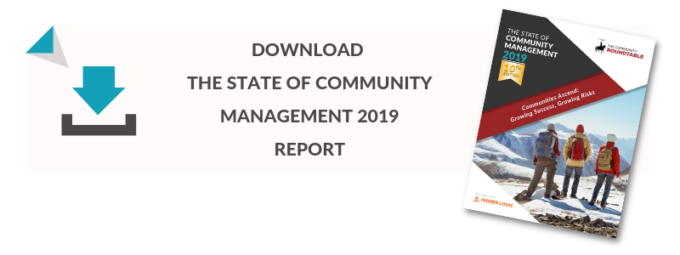
Download the SOCM 2019 Report for Free
Podcast: Play in new window | Download
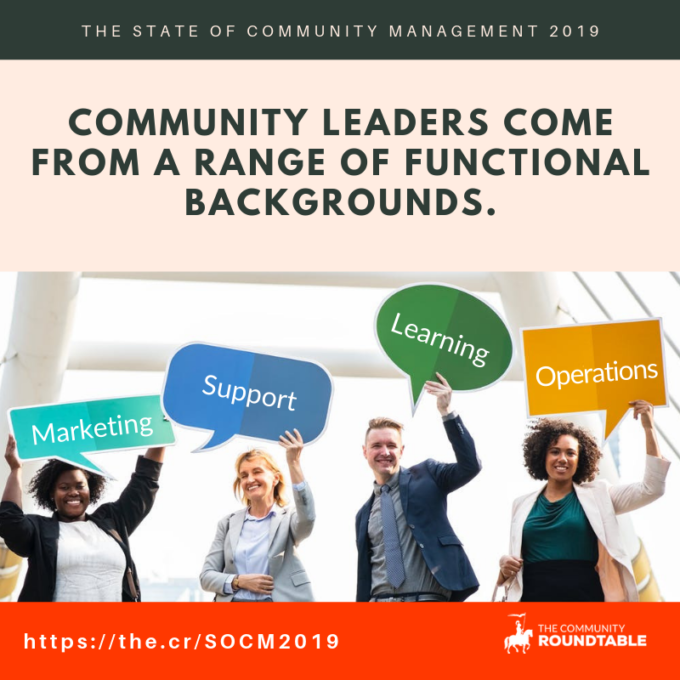
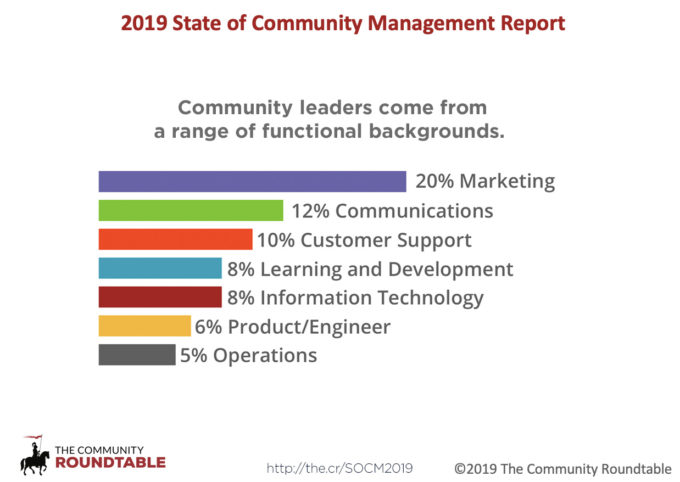
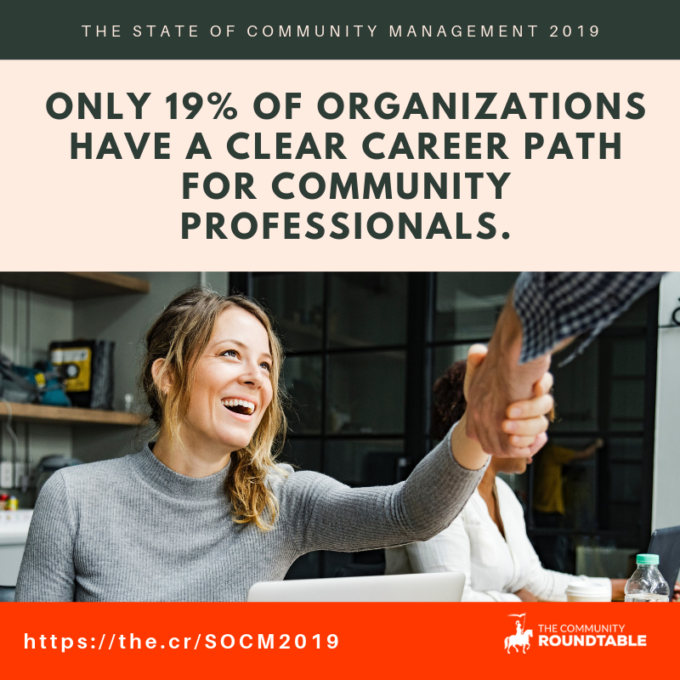
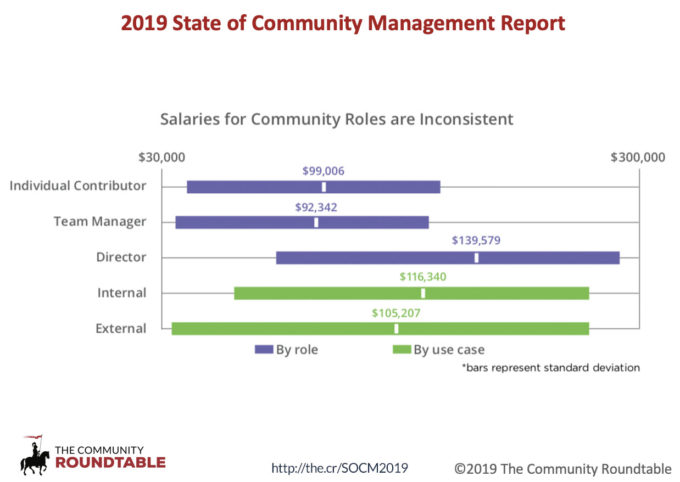
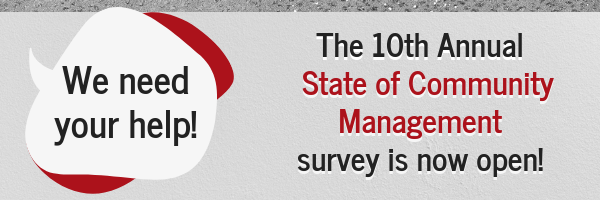
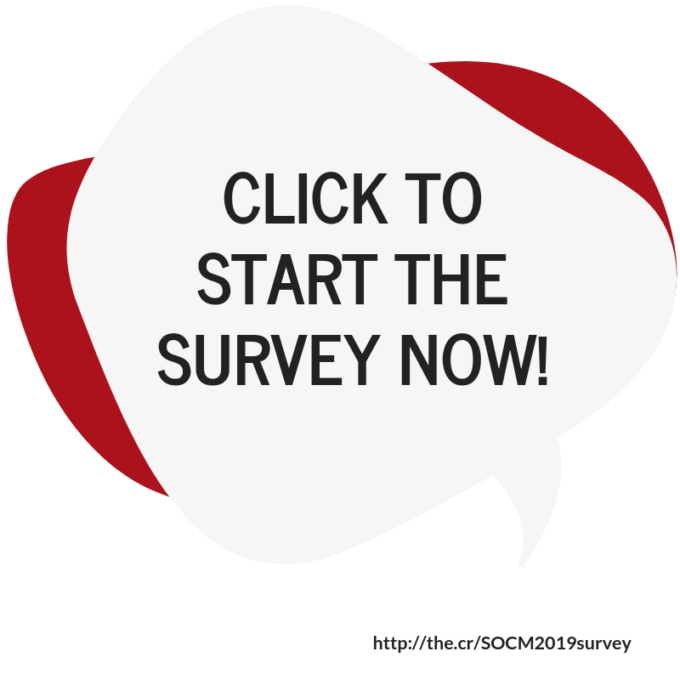
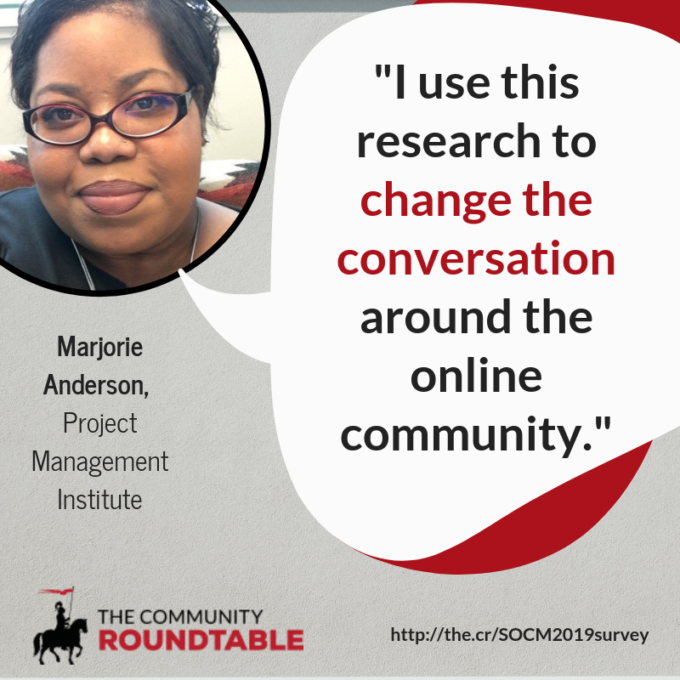
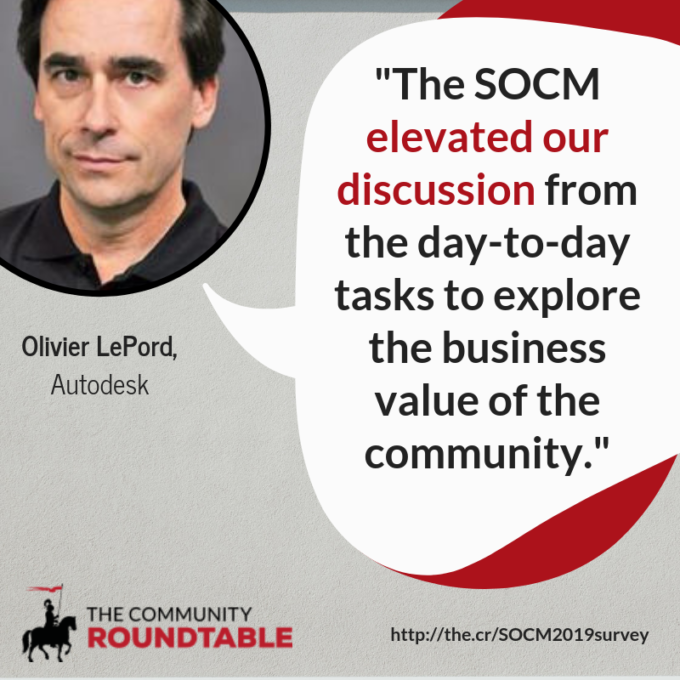
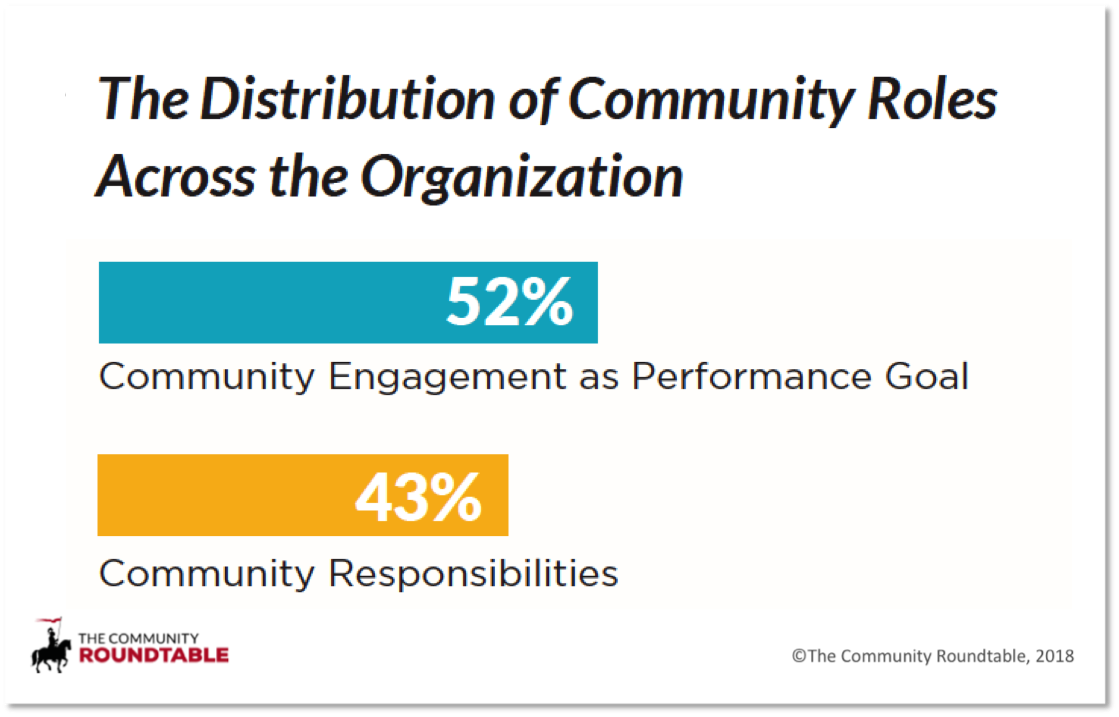

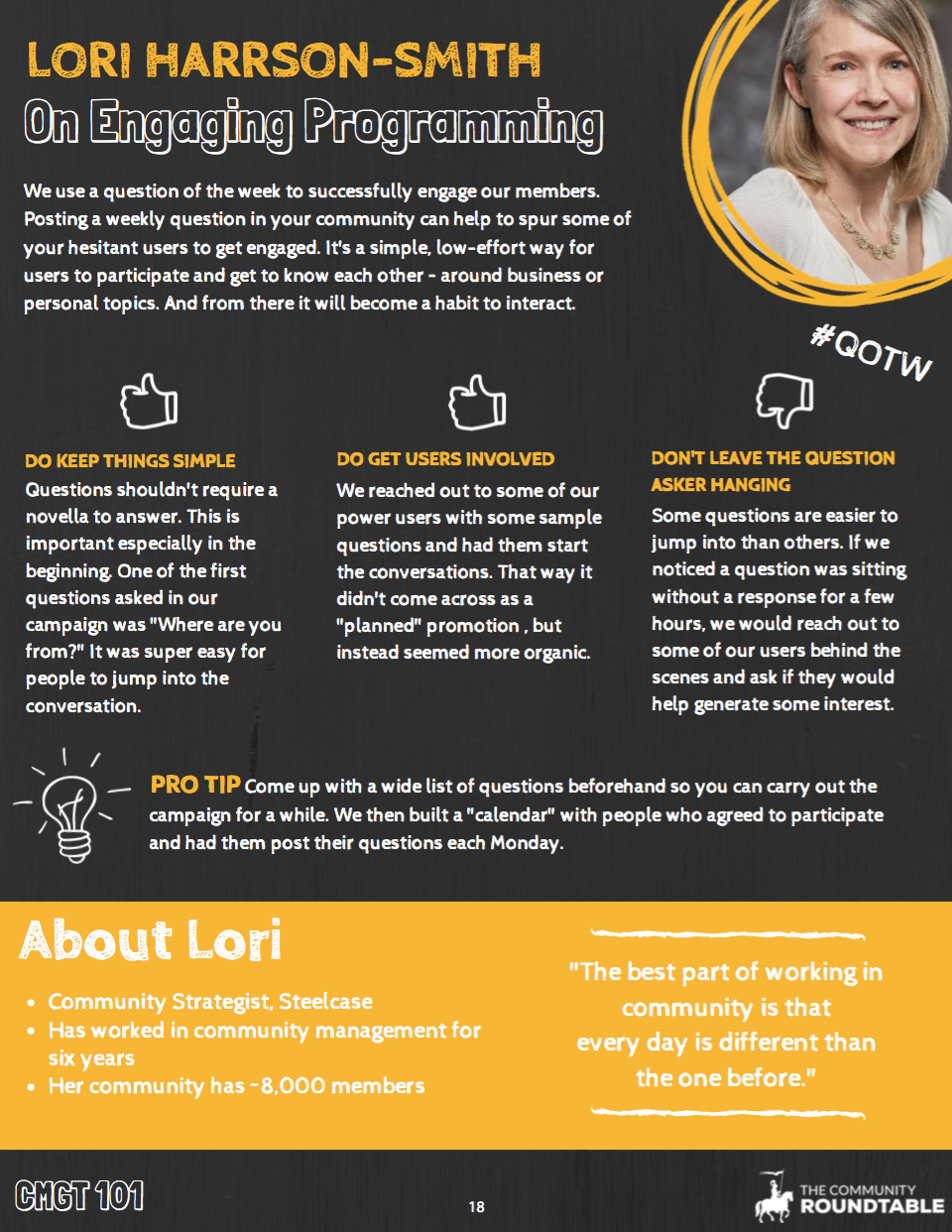
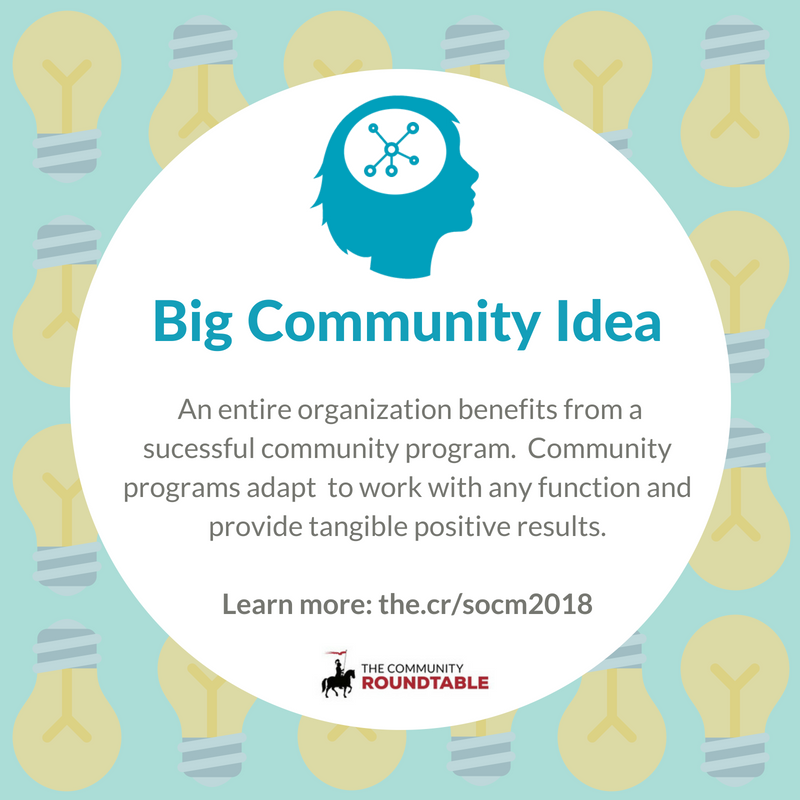 Executives are struggling with how to rapidly transform their organizations. There is so much that needs to be addressed and so quickly, that it’s challenging to know where to start.Communities point to a possible approach.
Executives are struggling with how to rapidly transform their organizations. There is so much that needs to be addressed and so quickly, that it’s challenging to know where to start.Communities point to a possible approach.